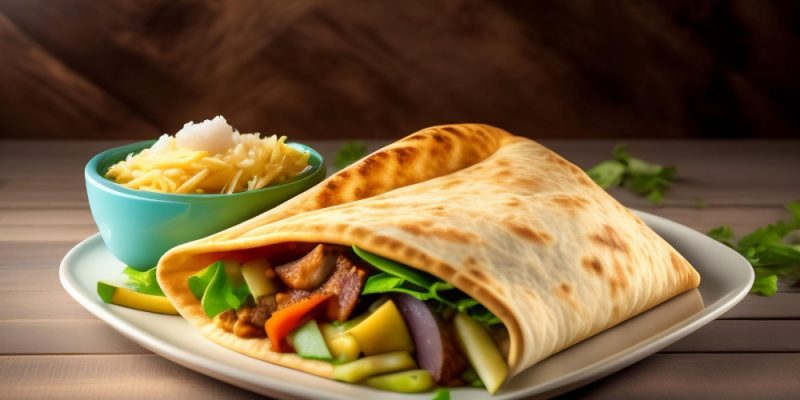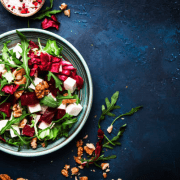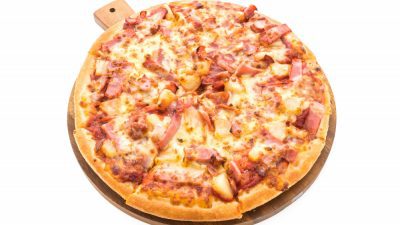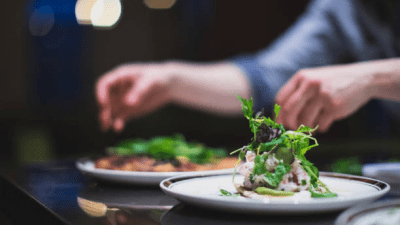Introduction
Parathas, are a staple of Indian cuisine, and have a space on breakfast, lunch or dinner tables across the country! These flatbreads are recognized across the globe – both, for their versatility, their ability to pair with various accompaniments, and the delightful combination of taste and texture they offer.
But what sets parathas apart from other traditional flatbreads from other parts of the world? In this article, we’ll delve into the secrets behind creating the perfect parathas that will excite your taste buds and elevate your dining experience.
Step 1: Choose your flour wisely
The first step to a perfect paratha that leaves you with that blissful melt-in-mouth feeling, is choosing the right flour. Traditionally, whole wheat flour (atta) is used, as it imparts a nutty flavour and a slightly coarse texture. The bran present in whole wheat flour contributes to the characteristic flakiness of parathas. However, for those of us that are more health conscious, multi-grain flour is a great substitute.
Step 2: Striking the right balance
One of the most critical steps in creating the best, most buttery, flaky parathas is making well-balanced dough. The ideal dough should not be overly sticky, but maintain some pliability. The trick is to gradually add water to the flour while you knead it. For the perfect dough consistency, use lukewarm water to activate the gluten in the flour, for a smoother, more elastic dough.
Step 3: A good while’s rest is key
Allow your freshly made dough to rest for a while to achieve that much-desired flakiness. Cover the dough with a damp cloth and let it rest for a minimum of 30 minutes. This is a must so that the gluten can relax, making the dough easier to roll out and preventing the parathas from becoming tough.
Step 4: Greasing the wheels!
The secret behind making a perfectly flaky paratha lies in the technique of layering the dough with fat. Ghee (clarified butter) or oil is usually used for this purpose. After rolling out a small portion of dough into a circle, apply a thin layer of ghee or oil, and then fold the dough over itself to create layers similar to creating laminated dough for pastries or croissants. Doing this repeatedly creates a lamination effect, that is the foundation for a perfectly flaky flat bread.
Step 5: Rolling out the magic
A key stage that could make or break your paratha is the rolling process . In order to ace your paratha rolling technique, use gentle pressure to roll the dough into a circle and ensure an even thickness. Avoid. Pressing too hard as you roll out the dough can collapse the layers you’ve worked so hard to create.
Step 6: Cooked to perfection
The most crucial step in making the most buttery and flaky parathas is the cooking phase. Use only a preheated skillet or griddle to cook your parathas. Cooking them on medium-high heat ensures that they puff up and develop a crisp exterior while maintaining the layers of flavour within.
Key tips and tricks to elevate your paratha game:
Don’t be shy with the ghee!
While some parathas are shallow-fried with a minimal amount of oil, using ghee generously will enhance the flakiness and depth of flavour. Gently press down on the paratha with a spatula while cooking to encourage puffing and even browning.
Light and fluffy!
The clearest sign of a perfectly cooked paratha is its fluffiness. As the paratha cooks, air pockets form between the layers, causing it to puff up. To make sure your paratha fluffs up evenly, gently press down with the spatula as it’s cooking.
Serving Fresh and Hot:
To truly luxuriate in your paratha eating experience, you must enjoy them fresh off the griddle. Serve the parathas immediately, paired with your choice of accompaniments like yoghurt, raita, pickles, chutneys, or curries.
Also read: 5 Best Lunch Ideas for People Working from Home
Conclusion
The magic behind mastering perfect buttery and flaky paratha texture lies in the combination of technique, ingredients, and your own culinary finesse. As with any recipe, once you’ve mastered the basics, you can play around with different fillings and flavours to make traditional Indian delicacy your own!
















[…] Also read- 6 Simple Steps to Make Perfectly Flaky Parathas […]